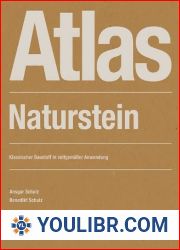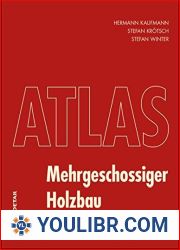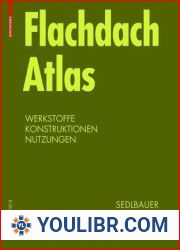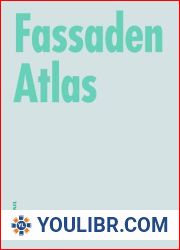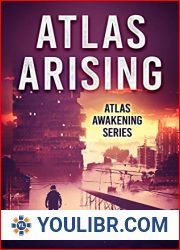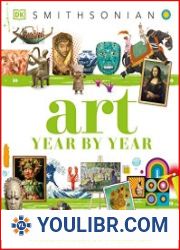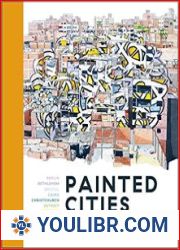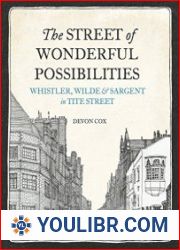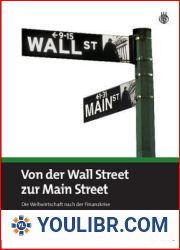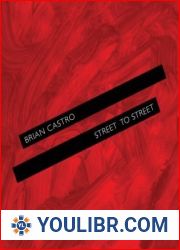
BOOKS - The World Atlas of Street Art and Graffiti


US $5.94

970333

970333
The World Atlas of Street Art and Graffiti
Author: Rafael Schacter
Year: January 1, 2013
Format: PDF
File size: PDF 26 MB
Language: English
Year: January 1, 2013
Format: PDF
File size: PDF 26 MB
Language: English
Painted murals first appeared in Latin America in the early part of the twentieth century; in the 1950s, spray-can graffiti associated with Latino gangs on the east and west coasts followed, notably the "cholo" graffiti of Los Angeles. Today, urban art has traveled to nearly every corner of the globe, shifting and morphing into a highly complex and ornate art form. Displaying their art within what is effectively the largest, most open museum in the world, urban artists unveil their beliefs and imaginations to a public unable to avoid their work. Yet, at its best, urban art is not simply an aesthetic based on slogans, political posturing, or personal promotion: it is an art form deeply committed to the diversity of the street and to a spontaneous creativity that is topographically connected to the architecture of the metropolis.From Inkie in Bristol to Steve Powers in Philadelphia, and from JR in Paris to Os Gemeos in Brazil and Drewfunk in Australia, The World Atlas of Street Art and Graffiti is the definitive reference guide to international urban art. It focuses on the most influential and significant urban artists across the world and identifies the key locations of their work. Organized geographically, the text focuses on the individual practitioners within each country or region and explores the historical background to their works. This book strives toward a more nuanced understanding of what has become a widespread art practice.Since the lives and works of urban artists are inextricably bound to streets and places, this definitive reference locates the meeting point between art and atlas, between urban artists and their personal understanding of public spaces, not via a cartographic bird's-eye view, but through a more intimate, human-centered perspective that challenges contemporary ideas about the mapping of urban space.











